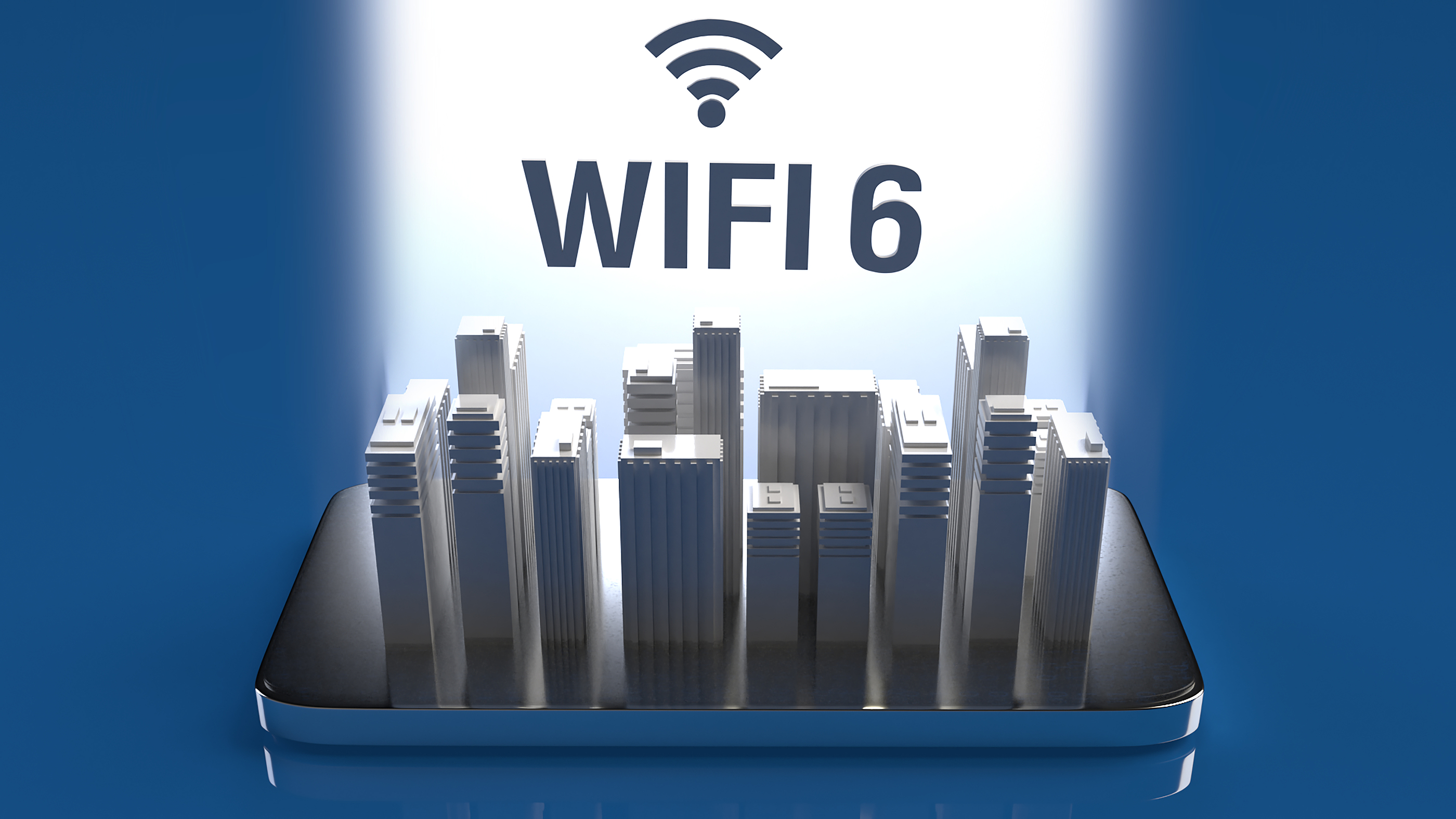
We typically take our wireless connections for granted. As long as our Wi-Fi router is working and keeping us connected to the internet, then we don’t expect a lot more from it. But with the newly released Wi-Fi 6 you have several things to get excited about. [Read more…]


